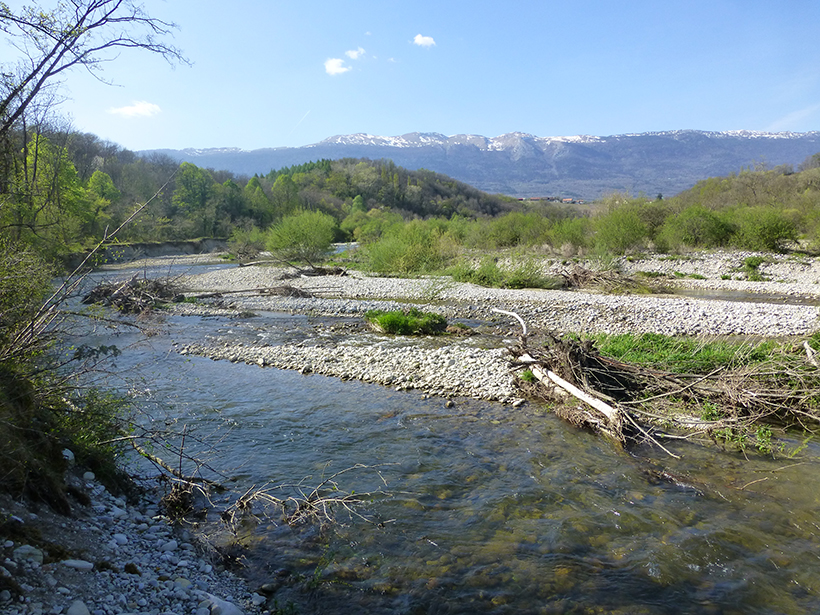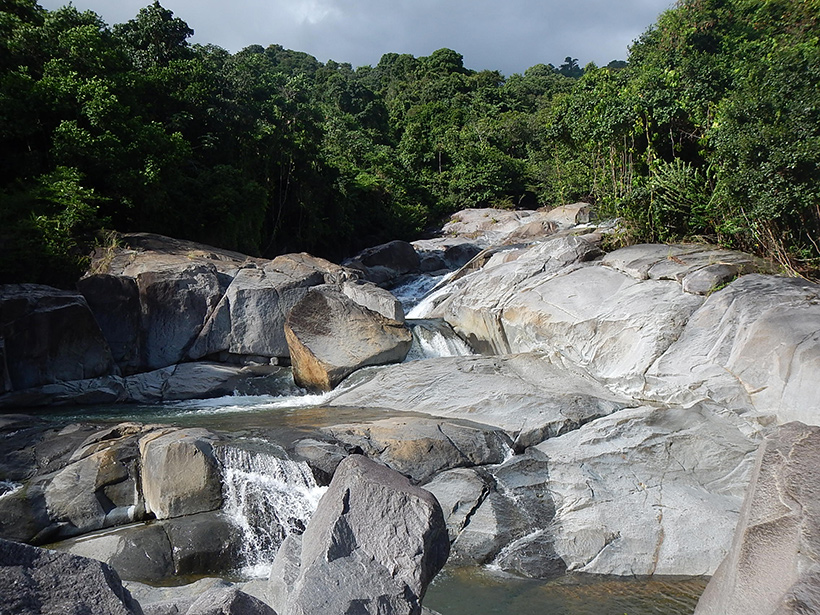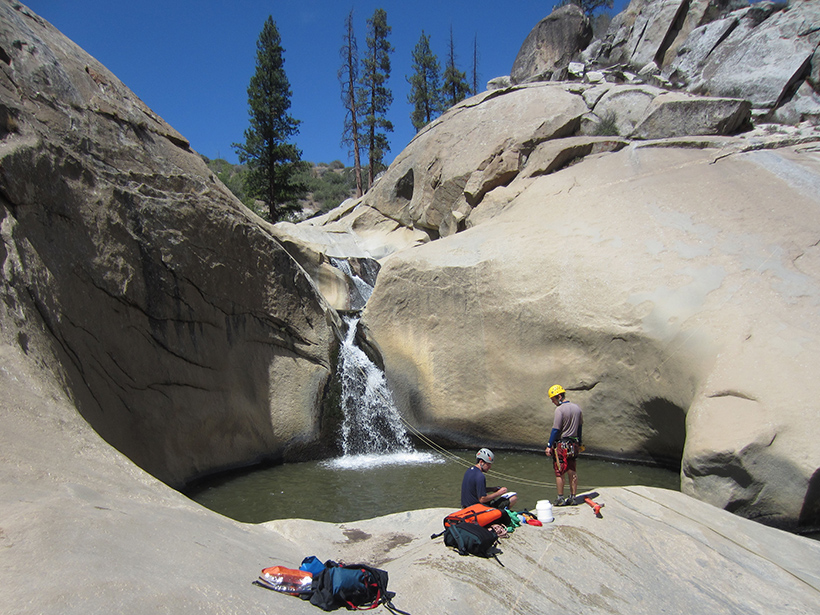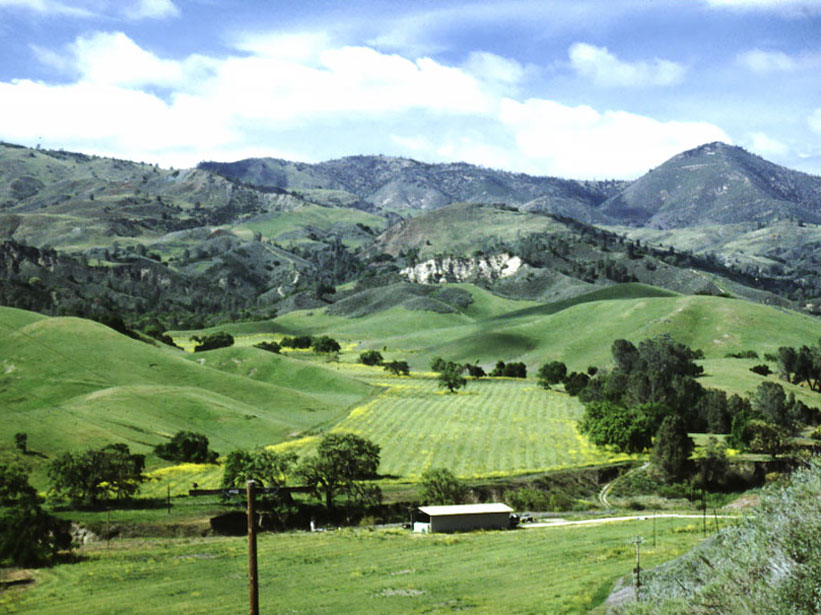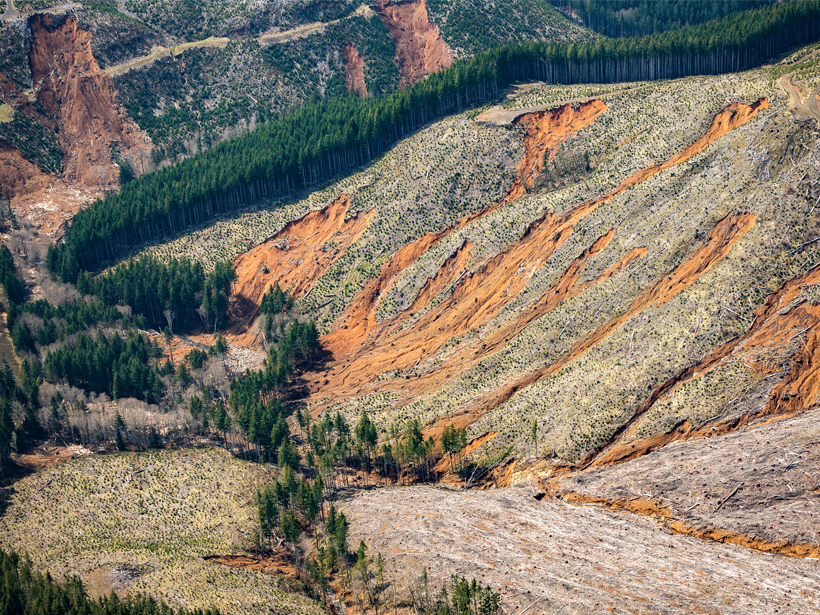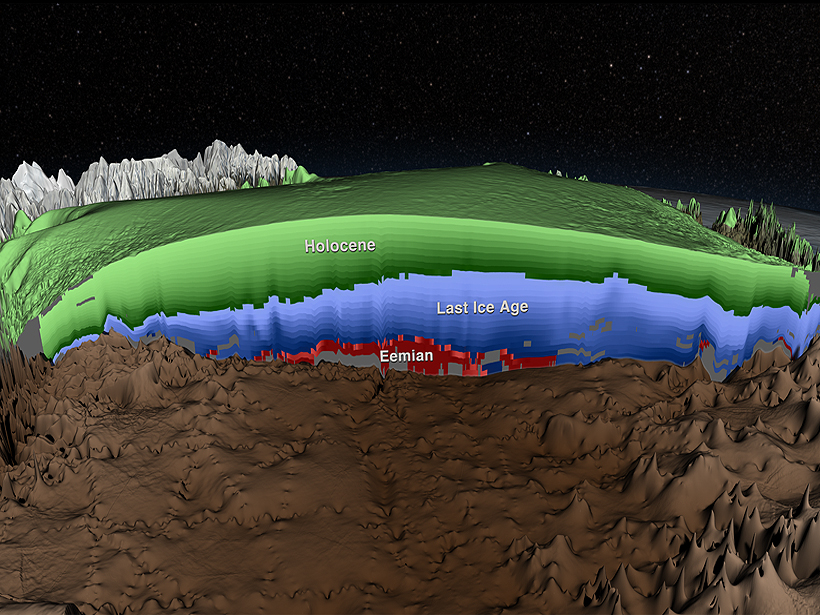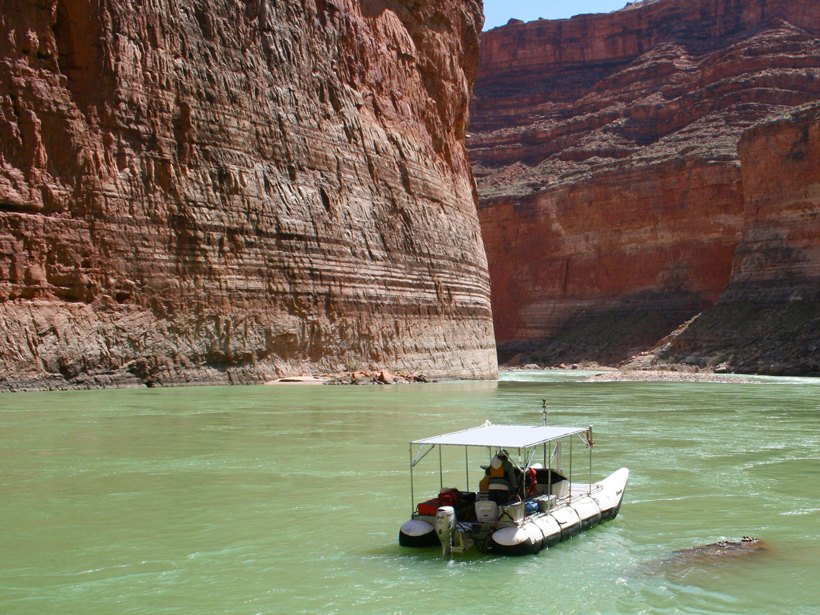A new study shows how groundwater influences river dynamics and channel pattern.
Journal of Geophysical Research: Earth Surface
How Do Tropical Forests Slow Knickpoints in Rivers?
Using Puerto Rico's Luquillo Mountains as a case study, scientists use the region's geological history to study how knickpoints—areas where there's a sharp change in the river's slope—move over time.
A River Runs Through It, but Why?
Researchers investigate the factors that cause river terraces to form.
Plunging into Waterfall Sediment Transport Modeling
A first-of-its-kind model describes how pools at the base of waterfalls adjust their depth to keep up with sediment flow.
What Makes Long-Runout Landslides So Mobile?
New research shows that acoustic waves rippling through some large landslides can reduce friction and allow slides to run out long distances.
Hitting the Slopes
Researchers investigate whether rain droplets alone can cause enough erosion to impact the shapes of hills.
Water Waves Provide Insight into Landslides and Avalanche Models
Boussinesq-type gravity waves appear to accurately describe vertical motion in granular flows found in geophysics.
Efficiently Predicting Shallow Landslide Size and Location
New mathematical approach lets researchers analyze potentially unstable slopes in three dimensions without testing every possible landslide shape.
Ice-Penetrating Radar Reveals Age of Greenland Ice Sheet Layers
First comprehensive analysis of deep radar data gives insight into the dynamics and history of the Greenland Ice Sheet.
Using Sound Waves to Study Grand Canyon Sediment
New technology could help scientists understand how experimental floods from Glen Canyon Dam restore sandbars downstream.

